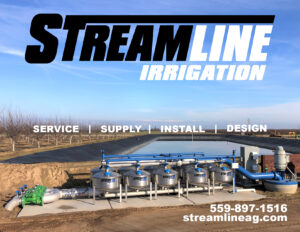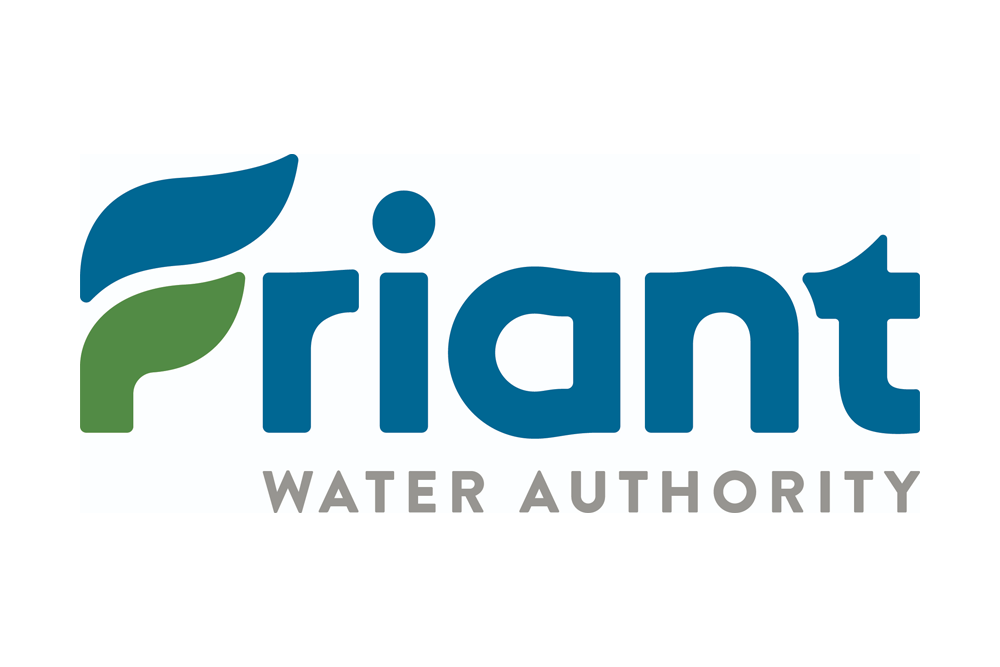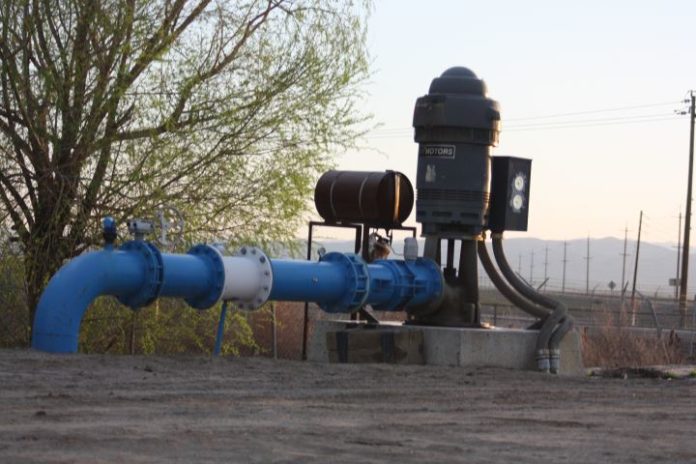Snow fell in the mountains last fall and this spring, like it has not fallen in many years. So much has fallen that some pundits say there are feet of water still present in all that snow, which has still to melt, and then move under the relentless pull of gravity into the Central Valley.
Our world has done much to capture, tame and utilize the snowmelt from the mountains. We have also built our world assuming that we can control this meltwater and tame it to our needs. In most instances, this is a correct belief.
However, there are those times when our control is challenged. This is the case for the winter of 2022, and the spring of 2023. The historically ephemeral Tulare Lake has risen again, thanks to unprecedented quantities of snowmelt arriving on the Valley floor as floodwater.
Issues
These floodwaters have inundated a vast area, and there is more water still arriving, and will continue to arrive for months to come. Flooding is not an uncommon occurrence across the United States, but it is in the Central Valley. Rain is always welcome, but the flooding has created a hidden issue.
Flooding over such a vast area has undoubtedly integrated all kinds of contaminants into these flood waters. Oils and chemicals from roadways, effluent from innumerable private septic tanks, domestic animal waste from yards, yard care chemicals, spent oils and fuels, fuels from submerged vehicles and farm equipment, landfill waste, poultry, and dairy manure, and certainly more.
Cities, towns, and now counties are responding to this potential threat, much as other cities, towns and counties across the United States have dealt with when flooding occurs. People are warned to be cautious interacting with contaminated flood waters, because of the potential for adverse interactions with chemicals and biological vectors.
the potential for adverse interactions with chemicals and biological vectors.
The Central Valley relies heavily, in times of drought, on groundwater from aquifers accessed by wells. Wells are hydraulic conduits into the subsurface, which we use to abstract groundwater for the purpose of supporting human life, for human consumption, sanitation, and the irrigation of vital crops.
Two issues exist, an immediate issue relative to groundwater recharge, and next, the use of water wells and groundwater impacted by flood water.
Flooding, Water Wells & Contaminated Groundwater
In general, water wells are designed and constructed to reduce the risk of rainfall, or a very limited amount of surface water entering the well itself.
Furthermore, nearly all wells have a “sanitary seal”, where an impervious material (e.g., concrete) is placed in between the drilled hole and well casing, ranging in depth between 20 and 100 feet below the surface. This is theoretically designed to reduce the risk of surface contaminants entering the near-well area and contaminating the well.
However, when inundated, literally covered by flood water, the well can be compromised, because wells are not constructed to be completely watertight. Contaminated flood water can now enter the well, not only compromising the quality of water in the well, but theoretically providing a conduit for this contaminated flood water to enter the underlying aquifer.
Sanitizing A Well Post Flooding
First, it is unlikely that if aquifers are impacted by the contaminated flood water there is a means of disinfecting them, besides long-term pumping, and possibly surface treatment.
However, it will be necessary to sanitize wells, regardless of whether they are for domestic consumption, or irrigation. Failure to disinfect floodwater-inundated wells could lead to immediate, or delayed, transmission of harmful chemicals or biological vectors.
Properly testing, and then sanitizing, and then verifying the disinfection of a well, is not simply accomplished with bleach.
There are several well-recognized sources of sanitation methods and guidelines available on-line, from organizations such as the National Ground Water Association to the Center for Disease Control. Flooded wells are nothing new, but it is new to the Central Valley, and we need to take this seriously.
Disease Control. Flooded wells are nothing new, but it is new to the Central Valley, and we need to take this seriously.
Seek the services of a qualified and experienced professional, to assist with the process of returning a well to operation after flooding inundation.
 Christopher Johnson, PG CHg, is a certified Hydrogeologist and owner of Aegis Groundwater Consulting LLC of Fresno California. Aegis provides: drilling engineering, hard rock well siting and testing, groundwater hydrogeology, water well design and construction observation, and water well rehabilitation.
Christopher Johnson, PG CHg, is a certified Hydrogeologist and owner of Aegis Groundwater Consulting LLC of Fresno California. Aegis provides: drilling engineering, hard rock well siting and testing, groundwater hydrogeology, water well design and construction observation, and water well rehabilitation.
DISCLAIMER OF RESPONSIBILITY; Waterwrights.net strives to provide its clients with the most complete, up-to-date, and accurate information available. Nevertheless, Waterwrights.net does not serve as a guarantor of the accuracy or completeness of the information provided, and specifically disclaims any and all responsibility for information that is not accurate, up-to-date, or complete. Waterwrights.net’s clients therefore rely on the accuracy, completeness and timeliness of information from Waterwrights.net entirely at their own risk. The opinions expressed in this report are those of the author and do not represent any advertisers or third parties.
ALL RIGHTS RESERVED. Copyright 2023 by WaterWrights.net



































